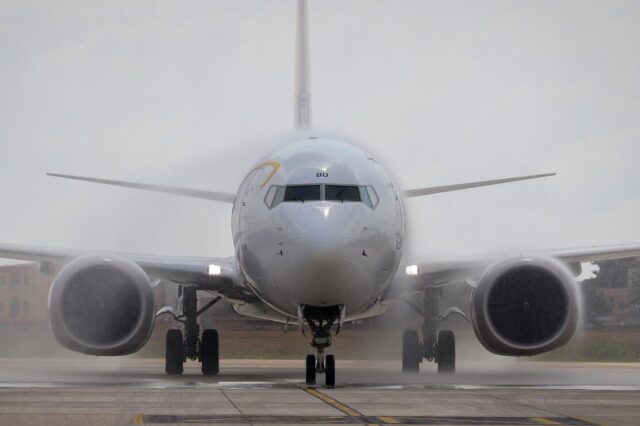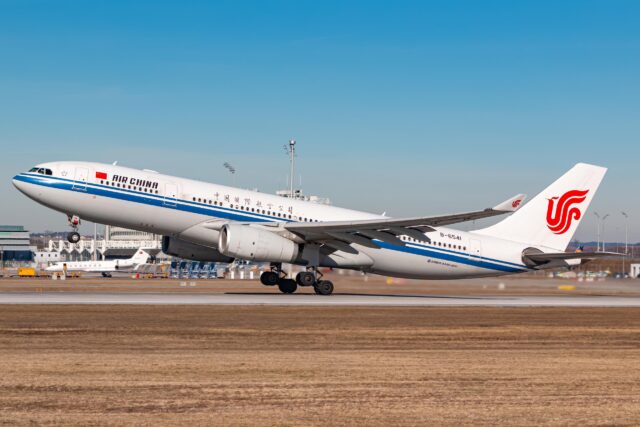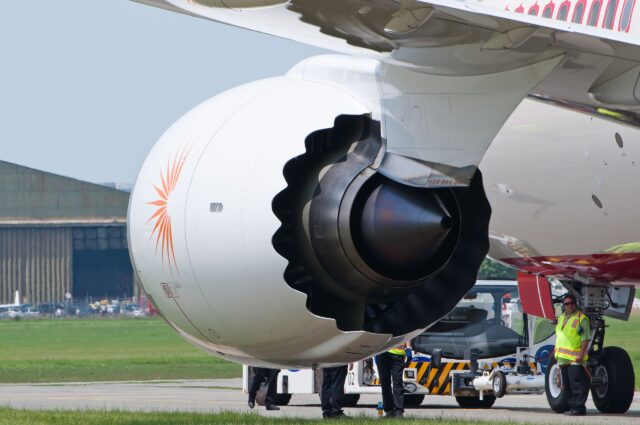Why are commercial aircraft windows oval?

November 15, 2025

As passengers, it’s probably something we don’t really think about; aircraft windows aren’t square. They’re oval, or more precisely, rounded rectangles.
The fact is, that simple curve isn’t just about aesthetics. It’s a story of engineering evolution, hard lessons learned and the pursuit of flight safety.
Oval windows: A lesson learned in the past
The reason for today’s oval windows dates back to the early jet era of the 1950s, when de Havilland introduced the world’s first commercial jetliner, the Comet.
The Comet was sleek, fast and revolutionary – but it also carried a hidden flaw. Engineers at the time used square windows, assuming that what worked for propeller-driven aircraft would work for jets.

Unfortunately, the higher cruising altitudes and pressurisation cycles of jet travel exposed a serious design weakness. The sharp corners of the square windows created stress concentrations, where pressure repeatedly built up during flight. Over time, those stress points led to metal fatigue, cracks and, tragically, catastrophic failures.
The crash of BOAC flight 781
BOAC Flight 781 is one such example, a scheduled BOAC passenger flight from Rome to London. As was typical of the Comet design, it was manufactured with square windows.
On 10 January 1954, the jet suffered an explosive decompression at altitude and crashed, killing all 35 people on board. The reason was determined to be a failure of one of the forward ADF window in the roof due to metal fatigue.
Following another crash in April the same year of South African Airways flight 201, the Comet was temporarily grounded. Various design changes were then made that eventually produced the improved Comet 4, which returned to the skies in 1958. Commercial flights continued until 1981, but a modified version used for military and research purposes kept flying all the way up to 1997.
These incidents taught a crucial lesson: when it comes to pressurised cabins, curves are stronger than corners.
A strong oval: The science behind the shape
An aircraft’s fuselage is essentially a pressurised tube. At cruising altitude, the cabin pressure inside the plane is much higher than the thin atmosphere outside. Each time the plane climbs and descends, the fuselage flexes slightly under that pressure difference.
Sharp angles increase stress on the metal, which can magnify tiny imperfections. Over thousands of pressurisation cycles, even microscopic cracks can spread, compromising the aircraft’s structure.
Rounded or oval windows, on the other hand, distribute that stress more evenly. The smooth contour allows pressure to flow seamlessly around the opening, reducing the risk of fatigue cracks forming.
It’s the same reason submarine portholes are round – when you’re dealing with pressure, curves are your friend.
Aircraft window design meets passenger comfort
Safety is the number one reason for oval windows, much like upside window shades in exit rows. But comfort and aesthetics also play a role.
Rounded windows simply look and feel more natural to the eye, softening the otherwise industrial interior of an aircraft. The shape also improves the integrity of the window frame, making it easier to fit multiple panes of acrylic and glass for insulation, soundproofing and strength.

Windows are also located slightly below eye-level to improve visibility and allow passengers to look outside without straining.
It’s all about balancing structural needs with passenger experience.
The Comet’s enduring legacy
Today, every major commercial aircraft from the Boeing 737 to the Airbus A350 carries the legacy of those early engineering lessons. The oval window is a reminder that in aerospace design, every curve and contour serves a purpose.
So while the view may be breathtaking, the shape of that window is what helps keep you safe enough to enjoy it.
Love innovation and technology? Discover more of our stories here.
Featured image: Lufthansa
















